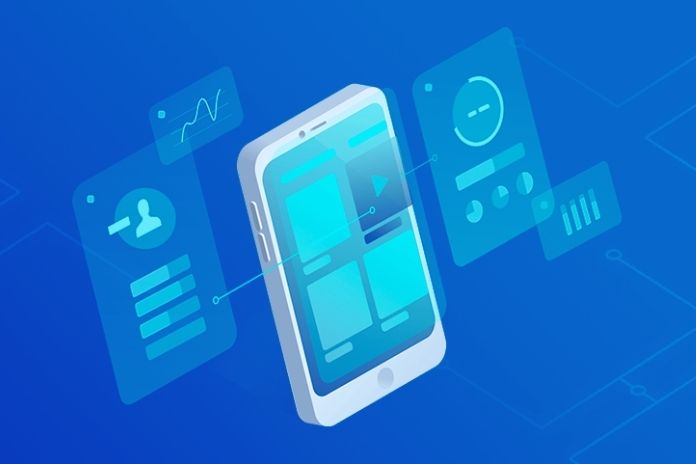Mobile Development: Name something more used – and valuable – these days than smartphones. It’s hard to even think about. That’s because they are already inserted in our lives in such a way that they are practically part of us.
We find in smartphones solutions to almost all our problems. They simplified several processes and gave us time and ease in everyday life. Through them, we shop, research, and discover unknown subjects, inform ourselves, interact with others, and do countless other tasks that have made our lives more practical. And we do it all through apps.
According to a survey by Com score on Changes in Digital Consumption, 90% of Brazilians spend their cell phones on mobile apps. This is an excellent opportunity for companies that must focus on programming and the user experience.
After all, there is no point in creating applications that only work perfectly at the operational level if they experience experienced by the user is wrong.
You should learn more about this subject if you’ve come this far. In this case, you are in the right place. Then keep reading our article because that’s precisely what we will discuss.
After All, What Is UX Design?
The UX Design professional is responsible for developing all aspects of the interaction between people and the complete experience with a product, which in this case may be mobile applications. In short, how the user perceives an application is their primary concern in the mobile development process.
It is a multidisciplinary area that combines Visual Design, Information Architecture, Psychology, Interaction Design, Design Thinking, and Storytelling.
To make it more transparent, let’s look at an example. The AirBnb application, present in 190 countries, undergoes constant updates so that its interface and UX resources differentiate it from other platforms, making each stage of a trip, whether tourist or business, a memorable journey for its customers.
There are more images with excellent resolution, and the host registration process is simplified. They can create it in the app in just a few steps.
In addition, they receive guidelines for organizing photos of the location based on the preferences of their potential guests and choosing the best titles and descriptions.
Is UX The Same As UI?
This is a ubiquitous question, even among professionals in related fields. Incidentally, even design professionals still believe that UX and UI are the same. However, although the acronyms are similar, they are different but complementary areas.
While the UX prioritizes the user experience of an application, something more subjective, the UI, an acronym for “User interface,” takes care of the front end of an application, in which the user interacts in a specific way—a fact with the product.
Some questions that can exemplify the performance of a UI professional are:
- Do the layout and colors show all the information that the audience should see?
- Is the software intuitive?
- See the difference in approach?
The UI goes to the rational side of the application and its functioning to make it even more precise. At the same time, the UX centers the user in his actions, even considering emotional factors.
They are halves that complete each other. If practiced strategically in an app, for example, the first guides what the user should do, while the second makes this navigation as pleasant as possible.
Why Invest In UX Design?
From what we’ve shown so far, you probably already know the importance of UX in application development.
In practice, when a company uses UX, fundamental aspects are involved in an excellent perception of users, which include technology (functionality and usability), people (needs and desires), and business (feasibility and budget).
And it is from this that we create products that are compatible with the organizations’ proposal, sustainable, and attractive to the public.
Among the benefits are the following:
– decrease in the churn rate;
– development of efficient products;
– more fluid and pleasant sales process;
– better experiences with the use of the product;
– engaged consumers;
– optimization of the brand image;
– cost reduction and increased profitability.
UX Design For Apps: What’s The Importance?
There are thousands of apps worldwide, and the trend is only increasing. Indeed, those that offer the best user experience stand out and get ahead of the competition.
A UX Design team works so that the app offers differentials such as a pleasant interface, intuitive Design, functionalities consistent with the user profile, and good usability.
The critical point of its action is to center the user and think about how he can enjoy that application having a round, pleasant, easy, and intuitive experience. After all, that’s precisely what we expect when we download and use an application.
How difficult would it be to access an application to shop and not be able to filter product categories? How long would it take to scroll through the app to find a bag of rice among thousands of other condiments? If you were faced with this situation, would you continue using this app or look for a more intuitive option?
To avoid having to go through this and make this kind of decision, UX professionals already design all these scenarios and look for the best solutions.
Also Read: Application Development: Why Create Yours?

